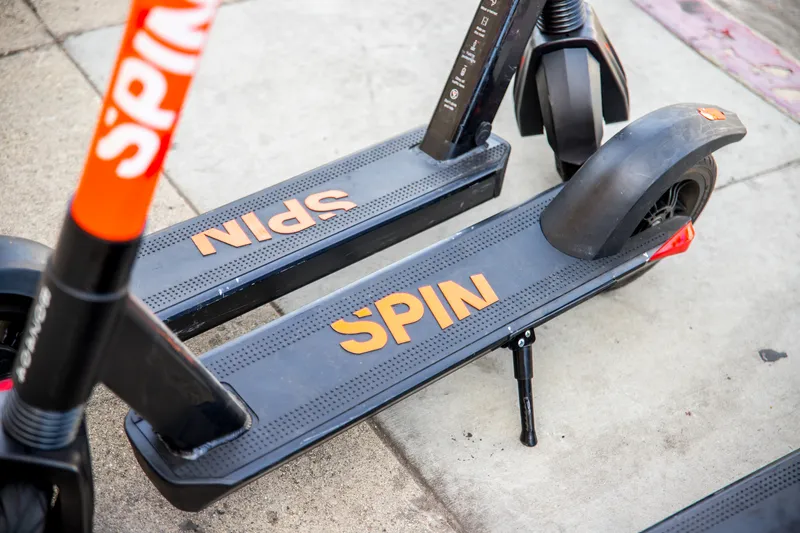Bill Shuster, US Transportation and Infrastructure Committee Chairman will join Barry Schoch, Secretary of the Pennsylvania Department of Transportation, as Carnegie Mellon University’s driverless 2011 Cadillac SRX transports them from suburban Cranberry to Pittsburgh International Airport.
September 2, 2013
Read time: 1 min
Bill Shuster, US Transportation and Infrastructure Committee Chairman will join Barry Schoch, Secretary of the 6111 Pennsylvania Department of Transportation, as Carnegie Mellon University’s driverless 2011 Cadillac SRX transports them from suburban Cranberry to Pittsburgh International Airport.
The vehicle will safely and autonomously navigate the thirty-mile route, which includes multi-lane, high-speed highway traffic with complex traffic lights as well as low-speed, single lane connecting roads and multiple intersections.
The vehicle will safely and autonomously navigate the thirty-mile route, which includes multi-lane, high-speed highway traffic with complex traffic lights as well as low-speed, single lane connecting roads and multiple intersections.









